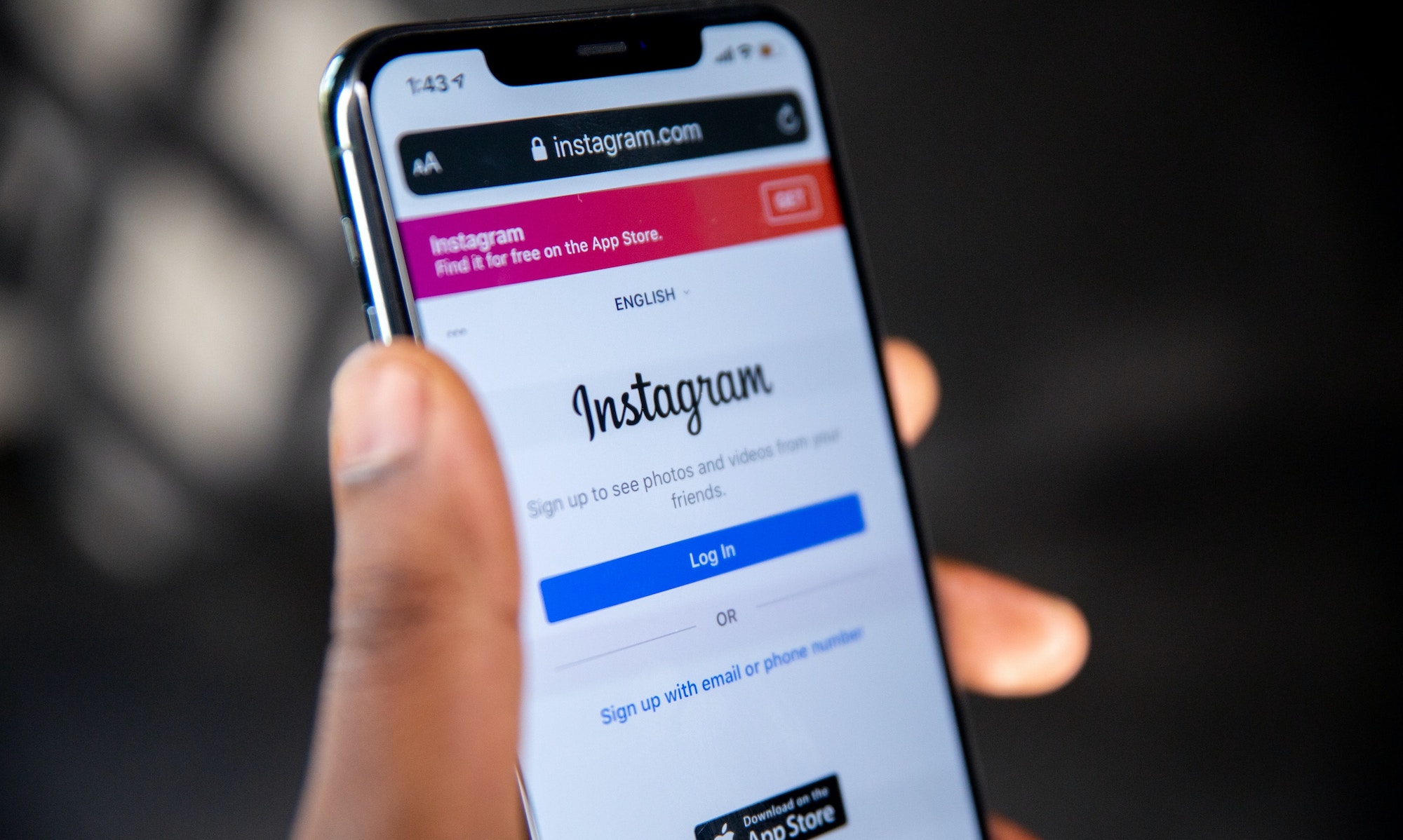Creators are good at selling stuff, but can they drive big-budget bookings?

AIC Hotel Group specializes in luxury, all-inclusive hospitality.
When AIC Hotel Group invests in partnerships, it looks for creators who have established deep trust with their audience—a dynamic that can drive a more thoughtful decision than convincing followers to try a new lip liner. While every brand that hires creators is ultimately considering conversion, pushing sales is not top of mind for the hotel franchise. According to director of public relations Bonnie Helena, its gifting model leaves room for more natural content that feels like a direct extension of organic posts.
“We don’t want to dilute the strategy by only focusing on conversions, because we know influencer collaborations go beyond just that,” she said.
AIC, which owns hotel franchises including Hard Rock, Nobu Hotel and AVA Cancun, looks to build long-term relationships with creators that showcase consumer loyalty while challenging broad considerations around travel destinations. I spoke with Helena and Gabriela Nieto, account executive of influencers and brands, about the distinct challenges and opportunities that come with creator campaigns in the hospitality space.
This interview has been edited and condensed for length and clarity.
Question: There are so many hotel companies that a creator could work with. Why do you think they choose to partner with you?
Gabriela: We have our own brands, which include AVA Cancun and Unico Riviera Maya, but we also have trusted names like Hard Rock and Nobu hotels. Especially nowadays when there is more fear around influencer partnership scams, having those names associated with our portfolio is definitely beneficial.
Q: What does your vetting process for creators look like?
GN: The first things we look at are engagement rate and authenticity rate. We’re very open to followers. We work with micro-influencers to macro-influencers to celebrities. It’s important that they each play a role. We look for a 2% or higher engagement rate and a 70% or higher authenticity rate, which vets the account for fake followers or likes.
Are there certain partnerships where these expectations vary?
GN: There are cases where those numbers may differ. If the influencer mostly has photography or videography-based content but their engagement is a little low, we could request a lot of use from them that makes the collaboration valuable.
What does your compensation model look like?
GN: For the most part, we work on an exchange basis. We’re providing a stay in exchange for social media coverage, but if they're giving us a big photo package or it's just a big creator, it might make sense to pay them a monetary fee.
What has been your favorite creator campaign?
GN: We did a “Sleepy girl Fall” with the creator Kenzie Burke and are continuing it this year with more creators. Unico hotel has its own pillow menu and is just known for wellness, which is a contrast to the idea of “When you go to Mexico, you take tequila shots.” It was just the perfect campaign for that resort, and I’m just excited to continue working on it this year.
Do you have flagship moments when creator partnerships dominate more of your budget?
Bonnie: We work hand in hand with our revenue and sales teams to look at forecasts and occupancy rates. Where we’re falling behind, we try to supplement with influencer collaborations and seed those with enough time for the booking window. If one property’s summer is trending slower this year, we’ll make sure that at least three months prior we’re sending people there to maximize exposure in tandem with our general marketing efforts.
How do you balance short-term and long-term partnerships?
GN: We have our trusted influencers that we know are going to produce amazing content and drive high engagement. Some influencers love going back to certain properties, so we’re okay with using them every year while we also continue to expand our reach.
BH: I’m sure there are people who wake up and decide to book a $5,000 vacation on that specific day, but normally there’s a lot more research that goes into it. People take a bit longer to make that decision, so we find working with a few people consistently and repeatedly does create this permanence in the audience’s brain, and that’s when we see conversions. We almost never see conversions on one-off collaborations.
Looking back at a collaboration, how do you measure its success?
BH: Our main KPIs are definitely engagement rates and comments, and of course the quality of their content. We want to make sure the content can be repurposed on our own platforms. Of course, conversions are great and always the end goal, but because travel is such a highly involved purchasing decision, it’s not one of our main KPIs. We don’t want to dilute the strategy by only focusing on conversions, because we know influencer collaborations go beyond just that.












.jpg)
.jpg)






.jpg)
.png)


.png)
.jpeg)

























































.jpg)


























